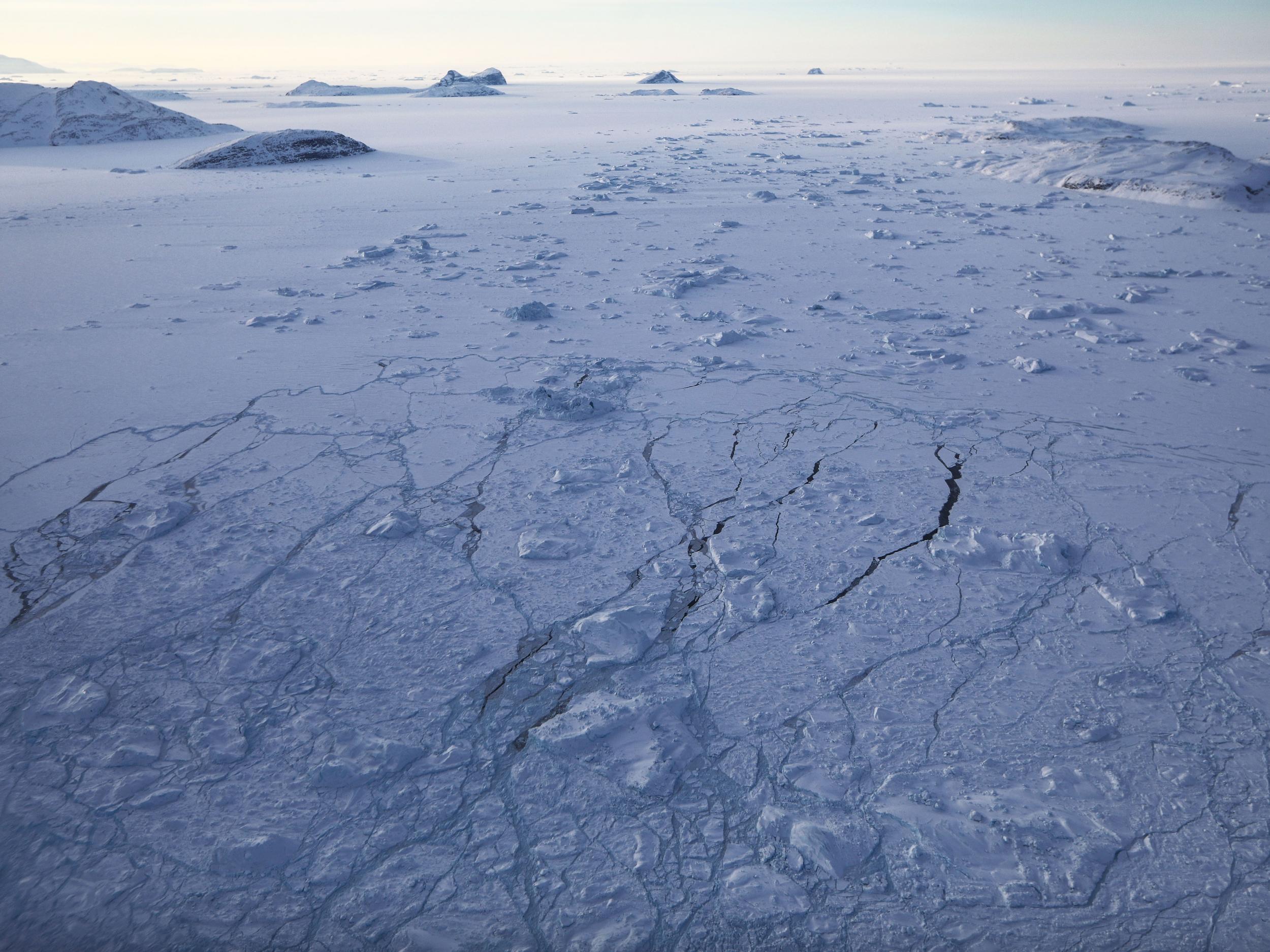Rise and fall of ancient civilisations revealed by lead pollution in Arctic
'We found that lead pollution in Greenland very closely tracked known plagues, wars, social unrest and imperial expansions during European antiquity'

Your support helps us to tell the story
From reproductive rights to climate change to Big Tech, The Independent is on the ground when the story is developing. Whether it's investigating the financials of Elon Musk's pro-Trump PAC or producing our latest documentary, 'The A Word', which shines a light on the American women fighting for reproductive rights, we know how important it is to parse out the facts from the messaging.
At such a critical moment in US history, we need reporters on the ground. Your donation allows us to keep sending journalists to speak to both sides of the story.
The Independent is trusted by Americans across the entire political spectrum. And unlike many other quality news outlets, we choose not to lock Americans out of our reporting and analysis with paywalls. We believe quality journalism should be available to everyone, paid for by those who can afford it.
Your support makes all the difference.The rise of the Greek and Roman empires left a permanent mark on the history of Europe, but their effects rippled out even further afield – all the way to the Arctic.
Pollution from the lead mines that sprang up during the expansion of these first great European civilisations drifted thousands of miles to the ice sheets of Greenland.
These lead emissions were preserved as falling snow captured them in layer after layer of ice, leaving traces of these ancient peoples that have survived thousands of years.
Now, ice cores extracted in Greenland have provided researchers with a unique vision of history told by the pollution left behind by the people of Europe from the late Iron Age through to the Middle Ages.
"We found that lead pollution in Greenland very closely tracked known plagues, wars, social unrest and imperial expansions during European antiquity,” said Dr Joe McConnell, a hydrologist at the Desert Research Institute who led a team that included a wide variety of specialists, from ice-core specialists to economic historians
This unusual combination of researchers came together to publish a study in the journal Proceedings of the National Academy of Sciences.
Their record of accurately dated lead measurements from ice cores traced the period from 1100 BCE to the early Middle Ages, a time that includes the rise and fall of the ancient Greek and Roman civilisations.
"We believe this is the first time such detailed modelling has been used to interpret an ice-core record of human-made pollution and identify the most likely source region of the pollution," said co-author Dr Andreas Stohl, a senior scientist at the Norwegian Institute of Air Research.
The team used their measurements to investigate the connections between lead pollution and major historical events and trends.
These measurements are particularly meaningful as much of the lead-based pollutants wafting around in the atmosphere during this period would have resulted from the production of silver – which in turn was used to make currency.
"Because most of the emissions during these periods resulted from mining and smelting of lead-silver ores, lead emissions can be seen as a proxy or indicator of overall economic activity," said Dr McConnell.
The first spike in lead air pollution occurred in 900 BCE, at a time when the Phoenicians – a seafaring people from the Middle East – expanded their trading routes into the western Mediterranean.
Emissions then gradually increased as Romans and the Carthaginians of North Africa increased their mining operations, ultimately peaking at the height of the Roman Empire.
These findings contradicted previous theories about economic activity during this period, including the assertion that such activity was higher during the earlier period of the Roman Republic.
Instead, lead pollution emissions were highest during the Pax Romana – a 200-year period of relative peace and stability for the Roman Empire.
"The nearly four-fold higher lead emissions during the first two centuries of the Roman Empire compared to the last decades of the Roman Republic indicate substantial economic growth under Imperial rule," said co-author Professor Andrew Wilson, an archaeologist of the Roman Empire at the University of Oxford.
However, besides tracking the rise of this great empire, the ice cores also tell the story of its fall.
"The great Antonine Plague struck the Roman Empire in AD 165 and lasted at least 15 years,” said Professor Wilson. “The high lead emissions of the Pax Romana ended exactly at that time and didn't recover until the early Middle Ages more than 500 years later.”
A previous study conducted around 20 years previously had also examined lead levels in an attempt to unravel the history of lead emissions from Europe over the same time span.
The new research carried out by Dr McConnell and his team used state-of-the-art simulations of lead pollution’s transport in the atmosphere to work out the scale on which mining and smelting operations in Europe were taking place.
These simulations were based on over 20,000 precise measurements from ice cores that expanded on the previous work to develop a far more accurate record for a period spanning nearly 2,000 years.
Join our commenting forum
Join thought-provoking conversations, follow other Independent readers and see their replies
Comments